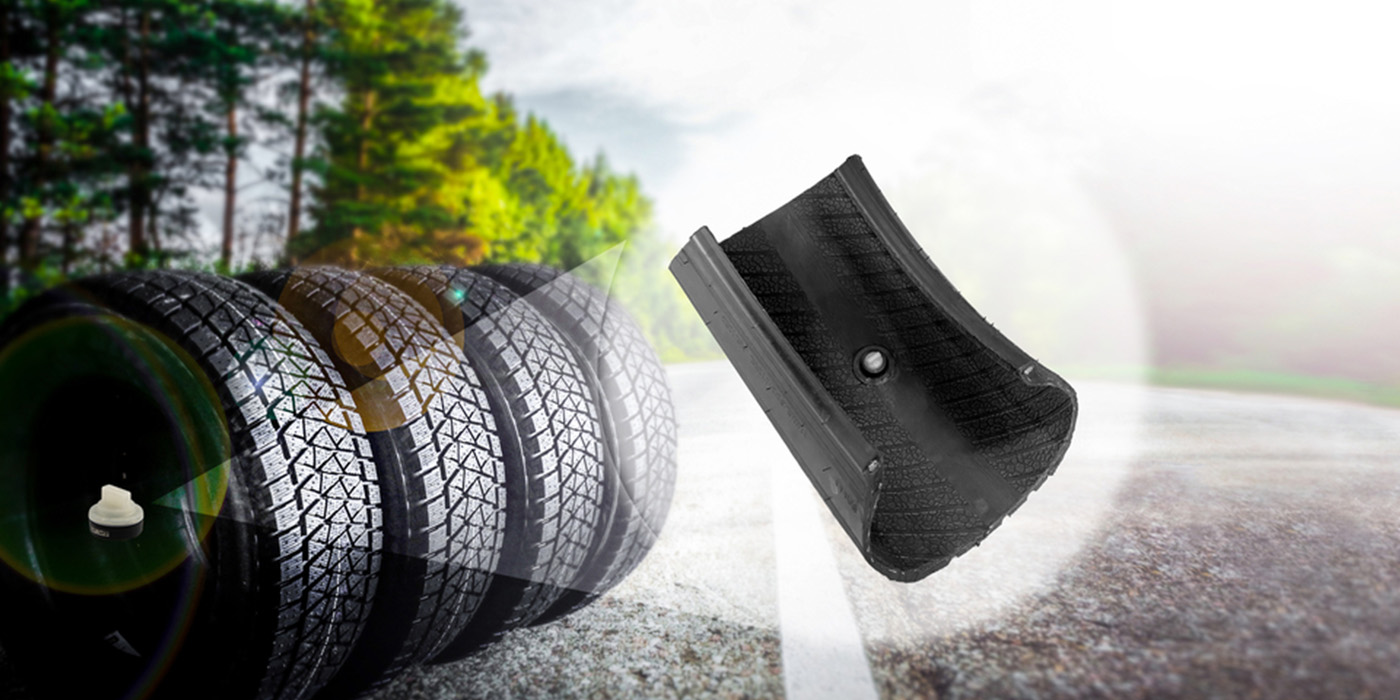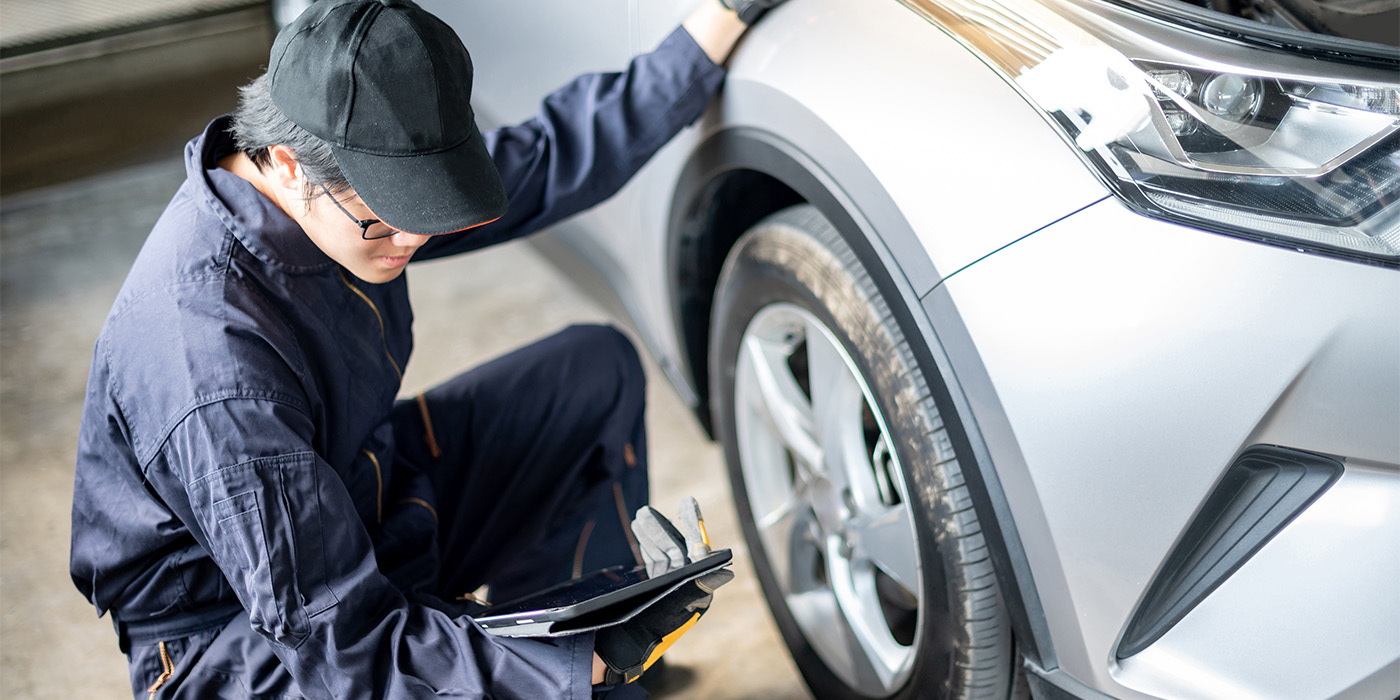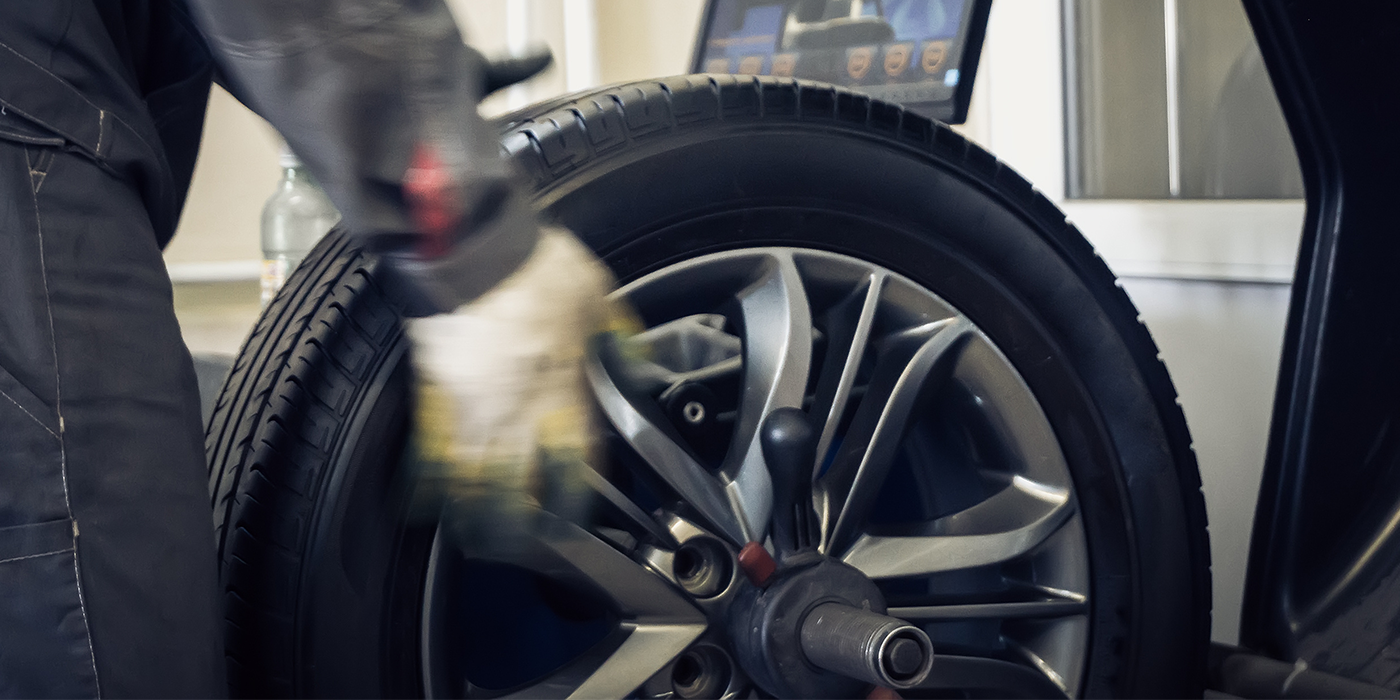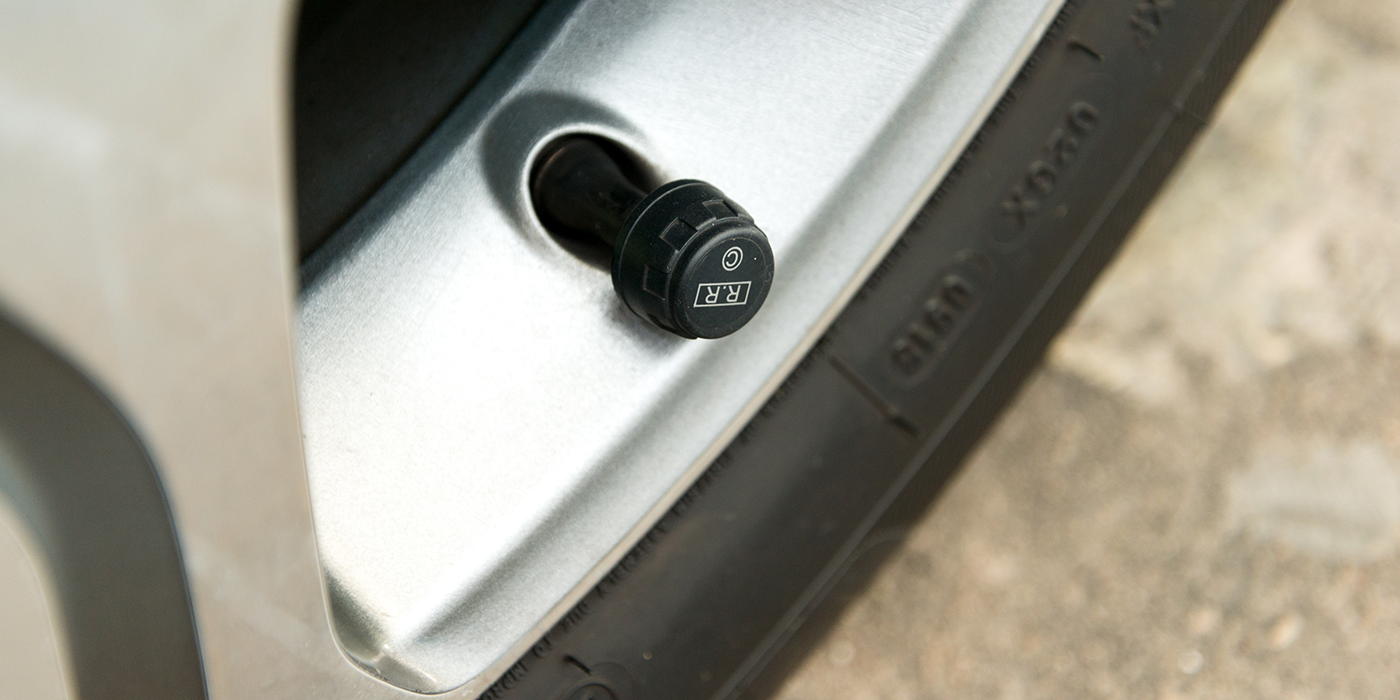nd has to spend every weekend with the most wicked cleaner you can find to keep them shining, us brake guys will quickly be in the cross hairs.
One measure of a vehicle’s dust propensity is now available in some of the New Car Quality Surveys. A few months after you purchase your new vehicle, you will likely get a survey asking about your impressions. Among the many questions is a specific question about brake dust.
Recent data on complaints for brake dust on light-duty pickups shows a range of 97 complaints per 1,000 vehicles to as low as one complaint per 1,000 vehicles. Clearly some vehicles have this issue and some do not. So what is at the root of the problem?
Finding the Cause
It would be simple to say that brake dust is just the dust generated by the brake pad as it wears. The more the wear, the more the dust.
Unfortunately, like most things, it’s not that simple. A chemical analysis of the dust itself can provide some clues. Using our best CSI techniques, we can determine the chemical constituents of the dust and then try to determine what component is the source of those constituents.
A couple of techniques are commonly used for this process. The simplest is a magnet. Drag a magnet through the sample and see what sticks. This will establish if there is ferric content (iron/steel). Generally, there is not a high amount of ferric content.
However, this technique does not account for all the content, nor does it determine the composition of the iron.
For greater understanding, a combination of techniques, such as X-ray diffraction and energy dispersive analysis, can determine the elemental and primary compound construction of a sample.
In very simple terms, these techniques bombard the sample with X-rays and electron beams and measure how the rays scatter when they hit the various materials in the sample. Due to the unique molecular structure of each compound, they will have a unique spray pattern. By comparing the results of the unknown samples to a library catalog of known samples, the composition can be determined.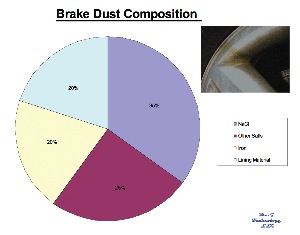
Two samples of brake dust are compared in the chart below. While the elemental content is similar, the amount of each material is significantly different. In Sample 1, the content is predominantly iron (Fe). In Sample 2, while iron is present it is in much smaller quantities and the primary content is salt-based (sodium, calcium, chloride etc).
Therefore, it can be determined that the source of the dust is different. Neither pad material contains significant amounts of the salts or iron. Therefore, to say that brake dust is just worn pads cannot be confirmed.
The primary source of iron is the rotor. The iron is worn off the rotor during braking and remains as dust. The strong black color of the dust can be explained by further analysis that would establish that the iron is in the form of Fe3O4. This is an oxide of iron and is more commonly known as “black rust.”
Sample 2 shows a strong salt content and would suggest a significant presence of road debris, more specifically road salt.
What I haven’t told you is that Sample 2 was generated during a vehicle exposure period of December through March in Michigan. Knowing this, the presence of a high salt content is understandable.
Fixing the Problem
While all this is interesting to a chemist, at the retail level dust is dust and the customer is disappointed and wants it fixed. Is there anything we can do about this at either the design stage or the service repair stage?
In general, the black dust is the result of rotor wear. While the hardness of the rotor could be considered a factor, virtually all rotors come from very similar grades of iron and, therefore, have hardness that is quite similar.
The abrasiveness of pads, however, can vary widely and it can be shown that certain pad materials will generate more dust than others. Generally, high performance pads will have a stronger tendency to generate dust. European classes of friction materials tend to fall into this category. 
Brake dust on a BMW or Mercedes would be considered relatively common and, in one case, a “badge of honor” to a driver that participated in a customer clinic. This is an event where you ask a bunch of car owners to come in and answer some questions about their perceptions, preferences, likes and dislikes.
The Q&A was conducted by professionals who knew how to ask questions in a way that doesn’t bias the answer. Our focus group consisted of buyers that would generally consider American luxury cars. One of the questions asked about the reaction people had to brake dust.
Most people complained vigorously about dust and the effort required to clean it. Some thought the dust was an indication that something was wrong with the brakes, or an indication that the brakes were wearing out very quickly.
I recall one older lady who lit up when posed with this question. She had previously stated her dissatisfaction with the brakes on her American luxury car, but was not been asked to explain.
She said, in a very strong German accent, that she owned German motor cars for a great many years and knew that her brakes were working hard because she could see the dust on her wheels right from the start.
To this woman, brake dust was a sign of German engineering and was actually a positive indicator of the ruggedness of her brakes. While her opinion may not be widely held, it clearly shows that people can interpret the same thing in very different ways.
OE vs.Replacement
In the design domain, dust is one of the parameters of friction material selection that must be balanced in consideration with other factors, such as lining output and fade performance.
The general rule is that higher output and improved fade sensitivity will increase the amount of dust. A vehicle manufacturer must make a judgment on the relative balance of these factors.
In the service environment, the shop owner tasked with solving the brake dust issue is kind of stuck in the middle. If you just put a set of factory replacement pads on the vehicle, the dust will surely come back.
For vehicles with a strong history and reputation for dust, it is important to be up front with the owner at the time of the write-up. Are they there because of the dust condition? Do they expect the condition to go away with the repair? Would they accept some small changes in brake performance in exchange for a reduction in the dust performance?
Helping them understand some of the fundamentals of dust may help alleviate some of their concerns. This isn’t to suggest that dust should be ignored. Excessive dust can be a strong indication that the linings and rotors are significantly worn.
Your most effective solution for dust is to offer an alternative friction material. Generally, if a material has performed well for dust on one vehicle, that performance will transfer to another vehicle. That’s not to suggest, though, that all braking performance attributes will transfer. It is still critical to use a material that is recommended for that vehicle or vehicle class.
By explaining the origins of the dust and that dust really has minimal bearing on the performance or safety of the brake system, you will hopefully reduce their concern about safety and nuisance.










